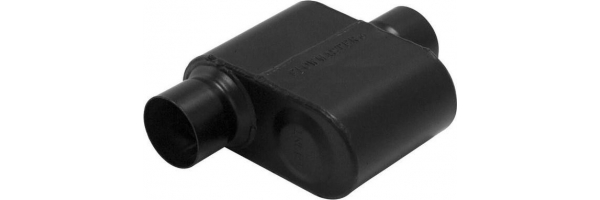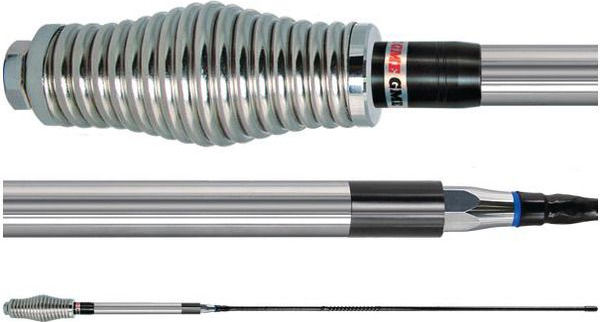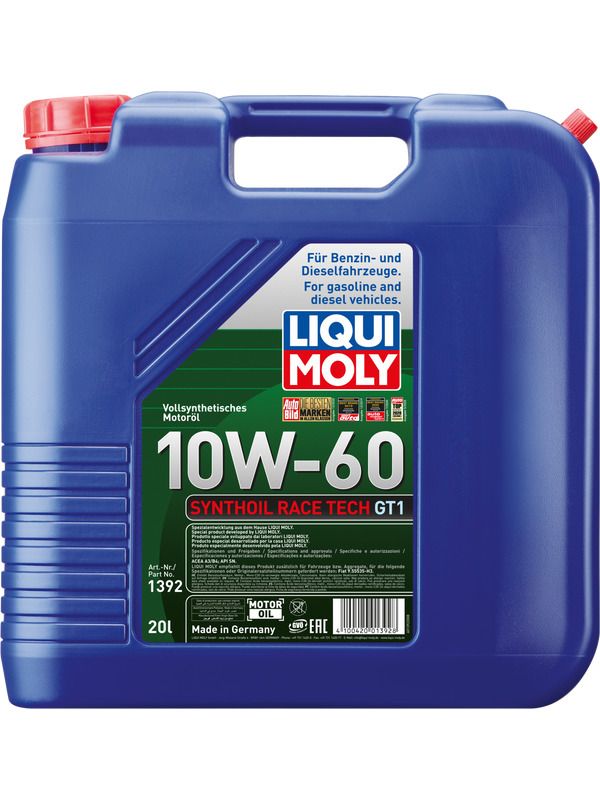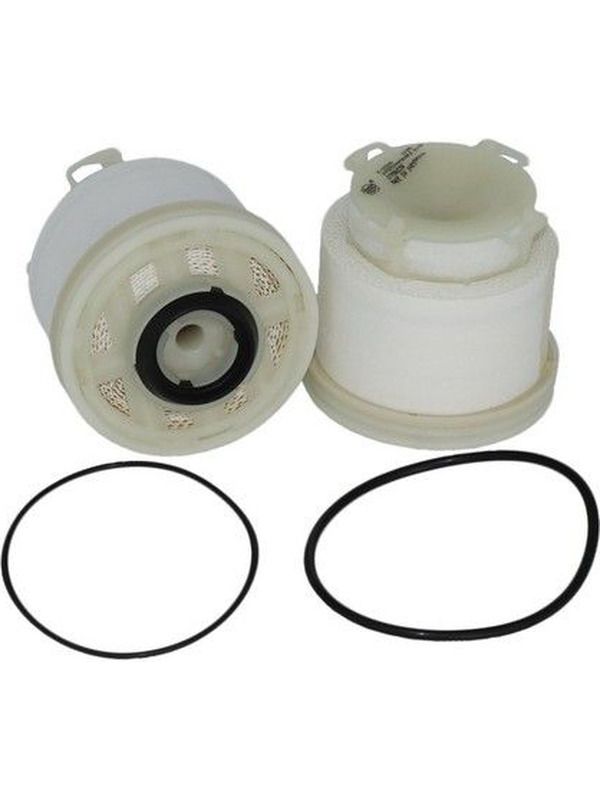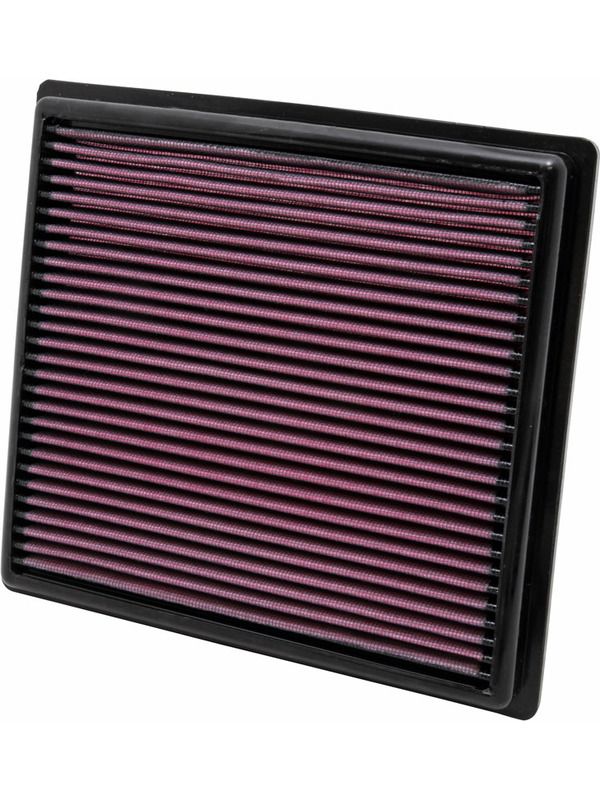Mistakes to Avoid When Upgrading Aftermarket Exhausts & Mufflers for Your Vehicle
When you decide to upgrade to an aftermarket exhaust and muffler for your vehicle, you have to know what you’re doing so that you actually get the results that you’re after.
Primarily, vehicle enthusiasts upgrade to an aftermarket exhaust and muffler in order to increase performance. However, if the installation is done incorrectly and you’ve inadvertently disrupted the power curve of the engine, you might not get the results that you were hoping for.
Here are some mistakes that you should avoid when you upgrade to an aftermarket exhaust and/or muffler.
Don’t Go For Oversized Exhaust Pipes
When it comes to certain components of your exhaust system, bigger is not always better. You see, your car has been carefully engineered to have the exact right size of exhaust pipes for your vehicle.
Therefore, when selecting your new exhaust system, choose exhaust pipes that are as close in size to your current ones as you can get.
Don’t Purchase The Cheapest System You Can Find
Always remember that quality costs and buying the cheapest system that you can find is likely to be a waste of money. That’s because really cheap mufflers consist of straight pipes that are filled with cheap-quality fibreglass to deaden the sound.
Unfortunately, when these types of cheap mufflers get hot, the fibreglass will melt and break away from the sides of the unit. Eventually, this material will clog up your muffler and you’ll notice a loss in power and fuel efficiency.
Avoid Changing The Configuration Of Your Exhaust System
If your vehicle is currently fitted with a single exhaust system, don’t be tempted to change this to a dual exhaust system. That’s because vehicles factory-fitted with a single exhaust will only have a single exhaust manifold exit point.
If this is the case, there is no need to have a dual exhaust system and this would just be a waste of money.
Don’t Build Your Own System Unless You Know Exactly What You’re Doing
Many car enthusiasts think about building their own aftermarket exhaust system in order to save some money. However, this should be avoided unless you know exactly what you’re doing and know how to avoid unnecessary power restrictions.
For example, exhaust pipes have to be bent in a certain way to ensure that there are no restrictions and they should not be much larger than the factory-fitted exhaust pipes currently on your car.
It’s also important to purchase a muffler that is designed for the make and model of your vehicle. Car manufacturers and engineers select mufflers by looking at the flow rate from the engine and then optimising everything in order to get the best performance.
Therefore, unless you have an engineering degree, it’s far better to purchase a muffler that is specifically designed for your vehicle.
Final Thoughts
If you’re thinking about upgrading to an aftermarket exhaust and muffler for your vehicle, there are certain mistakes that you should avoid. Above all else, it pays to purchase quality parts and those that are specifically designed for your particular vehicle.

